Annual Review of Entomology: Molecular mechanisms of wing polymorphism in insects
(昆虫翅多型性的分子机制 )
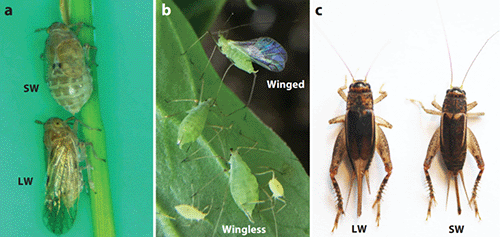
Three model systems most extensively used in wing polymorphism studies. (a) The planthopper (Nilaparvata lugens), (b) the aphid (Acyrthosiphon pisum), and (c) the cricket (Velarifictorus aspersus). Abbreviations: LW: long-winged female; SW: short-winged female. (Panel c courtesy of Dr. DH Zhu (Central South University of Forestry and Technology)).
许多昆虫能够发育成长翅型或短翅型(或无翅型),这使得它们能够快速匹配异质环境,因此,翅多型性是它们适应生态成功的根源。翅多型是在不同层次水平上完成的,从昆虫对环境线索的感知,到信号转导和信号执行,最终根据产生的特定形态将信号传递到生理适应。保幼激素和蜕皮激素通路早已被提出参与调控昆虫翅多型,但缺乏严谨的实验生物学证据。蜕皮激素受体调控豌豆蚜跨代翅型分化及迁飞昆虫褐飞虱类胰岛素信号通路的突破性发现,极大地拓宽了我们在分子水平上对翅多型性的认识。近年来,高通量测序技术结合功能基因组学的出现,为深入了解昆虫翅多型性的分子基础提供了强有力的遗传工具。
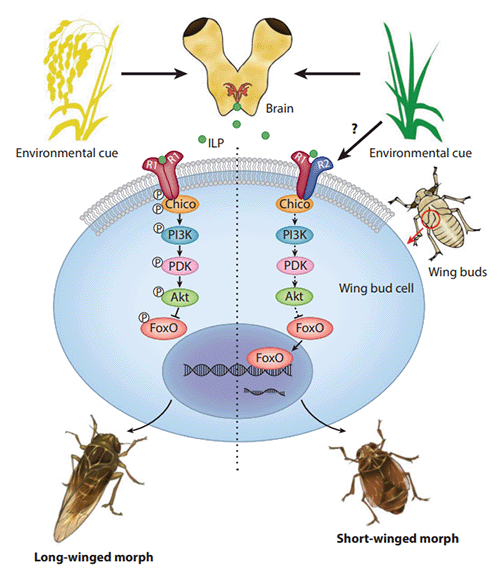
A diagrammatic model for interpreting wing-polymorphism regulation in the brown planthopper. Environmental cues such as poor diet, crowding, and stress induce secretory brain cells to secrete insulin-like peptides (ILPs). ILPs travel to wing buds to trigger insulin receptor 1 (R1) signaling, leading to the long-winged morph. Binding of R1 with insulin receptor 2 (R2) compromises R1 signaling activity, resulting in the short-winged morph. Distinctive R2 activity may be induced in response to different environmental cues. The components that are less active or inactive are shown in dashed arrows.
Many insects are capable of developing into either long-winged or short-winged (or wingless) morphs, which enables them to rapidly match heterogeneous environments. Thus, the wing polymorphism is an adaptation at the root of their ecological success. Wing polymorphism is orchestrated at various levels, starting with the insect’s perception of environmental cues, then signal transduction and signal execution, and ultimately the transmitting of signals into physiological adaption in accordance with the particular morph produced. Juvenile hormone and ecdysteroid pathways have long been proposed to regulate wing polymorphism in insects, but rigorous experimental evidence is lacking. The breakthrough findings of ecdysone receptor regulation on transgenerational wing dimorphism in the aphid Acyrthosiphon pisum and of insulin signaling in the planthopper Nilaparvata lugens greatly broaden our understanding of wing polymorphism at the molecular level. Recently, the advent of high-throughput sequencing coupled with functional genomics provides powerful genetic tools for future insights into the molecular bases underlying wing polymorphism in insects.
编辑:张颖
原文信息:Zhang, C. X., Brisson, J. A. & Xu, H. J. Molecular mechanisms of wing polymorphism in insects. Annu Rev Entomol 64, 297-314, doi:10.1146/annurev-ento-011118-112448 (2019).



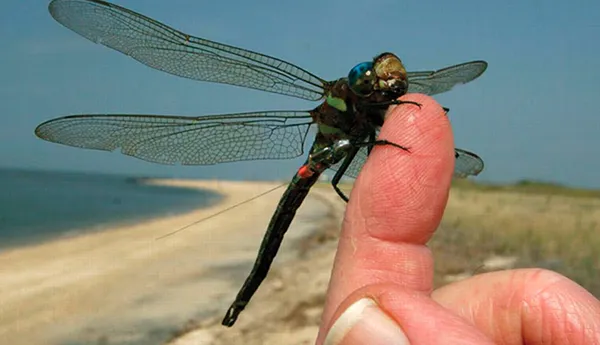
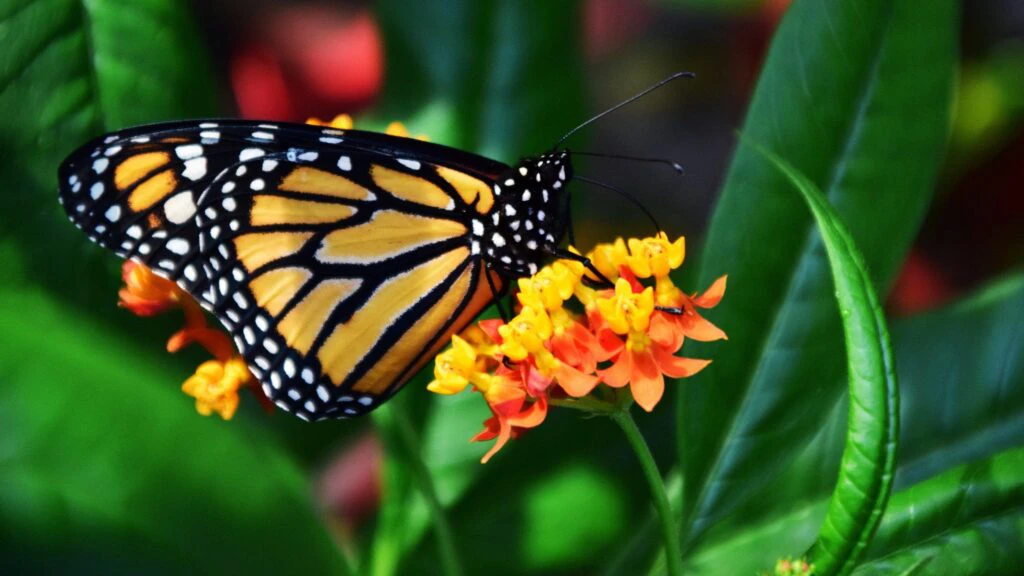

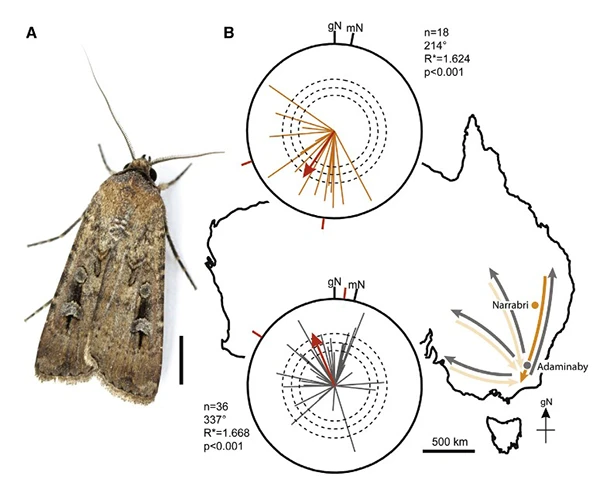
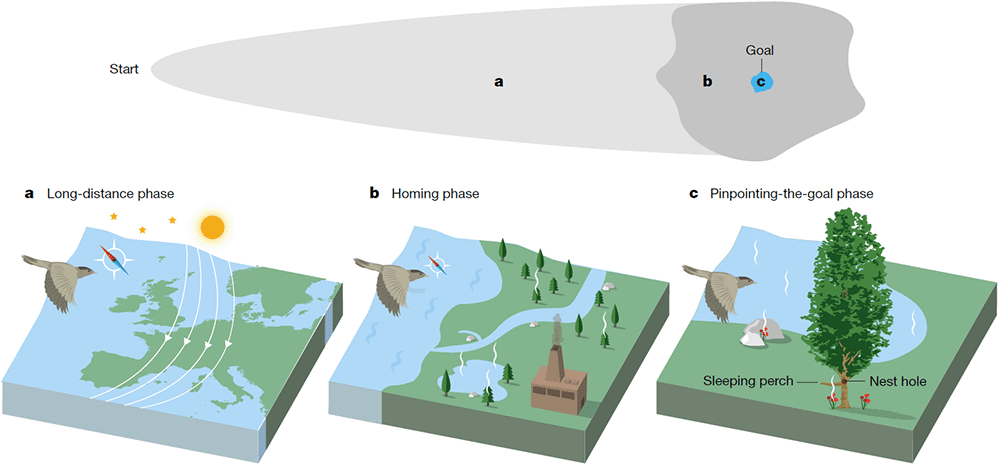

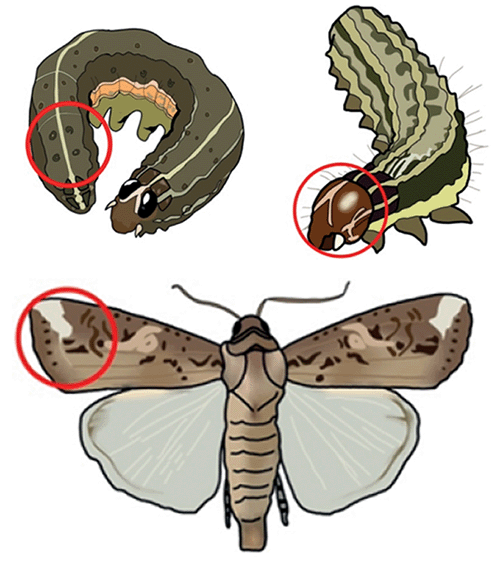


发表回复